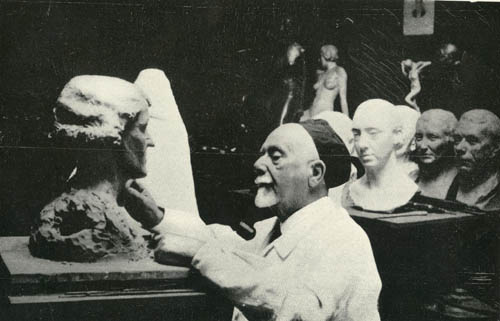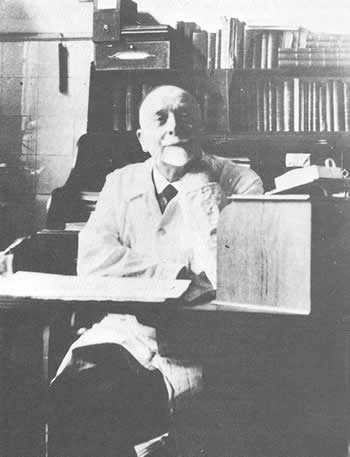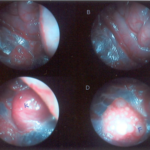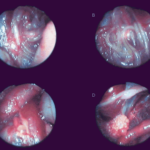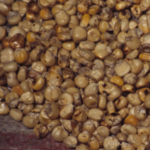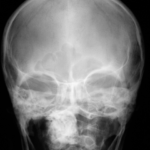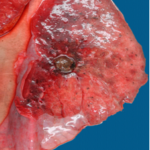Date: 6 November 2014
Copyright: n/a
Notes:
In addition to being a worldwide known mycologist, Sabouraud was a talented painter and sculptor. Short biography and bibliography of Sabouraud
The outstanding names in the history of any branch of science are not always those of the men who made the primary observation. The prevailing climate of opinion and the available techniques greatly affect the contemporary significance attributed to any novel discovery and the historical land marks are frequently the reputations of subsequent workers who were men of their time, who showed singleness of purpose and who crystallise ideas which were nearing supersaturation. Raimond Sabauroud the French Dermatologist, was such a man. In the early 1890’s by remaking observations which had been on record for fifty years but not universally accepted, he was able to silence finally the view that the association of fungi with ringworm was incidental.
Using the recently developed pure culture techniques he was able to establish convincingly the plurality of the ringworm fungi, and his medical training enabled him to integrate the mycological and clinical aspects of ringworm. He was stimulated by the advances made by able contemporaries in both medicine and veterinary science and finally in 1910 he codified both his own and their results in the monumental Les Teignes, one of the most comprehensive treatments ever given to a group of pathogenic fungi and a monograph to which students of the dermataophytes must still refer.
The dermatomycoses have always been a basic theme of medical and veterinary mycology and at the turn of the century they overshadowed the systemic mycoses by which the dermatomycoses are overshadowed today. They served to focus attention on fungi as pathogens of man and higher animals and provided a seed from which an interesting branch of medicine and vet science has emerged.
From Sabouraudia vol 1 1961-2 p1 by GC Ainsworth
Images library
-
Title
Legend
-
Yamik catheter for rinsing nasal and paranasal cavities. Image A
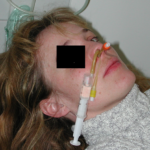
-
Diagnosis: Aspergilloma with invasive aspergillosis evidence of invasion found in the lumbar spine and brain, in addition to heart.
Fungal endocarditis with NO evidence of bacterial endocarditismia.Additional image details:
A. Normal chest X ray:
This (normal) chest X-ray was taken about 6 weeks before endocarditis was diagnosed, and 3 months before death due to disseminated aspergillosis. No CT scan was done (a chest radiograph has a 10% false negative rate in leukaemic patients, compared with CT).B. Aspergillus niger Fungal ball:
Gross section of lung at autopsy showing a discrete, well-demarcated dark/black mass surrounded by a fibrotic capsule. There was no evidence of local invasion, or infarction. The patient had had acute myeloid leukaemia (M1) and responded poorly to chemotherapy. He developed A.niger endocarditis and disseminated disease to the kidneys, lumbar disc and heart, probably arisiong from this lesion. It is unclear whether this lung lesion was a partially cured ‘mycotic lung sequestrum’ following antifungal therapy, or originated as an aspergilloma. The confirmation of genus and species was obtained by PCR on blood and vegetations.C. Endocarditis:
Macroscopic view of the heart at autopsy, showing an infracted lesion on the papillary muscle of the mitral valve in the left ventricle. In addition the patient had large vegetations, which are not shown here. The confirmation of genus and species was obtained by PCR on blood and vegetations; the pericarditis was a manifestation of disseminated aspergillosis.D. Pericarditis due to Aspergillus niger:
Macroscopic view of the pericardium at autopsy, showing gross chronic haemorrhagic pericarditis. The confirmation of genus and species was obtained by PCR on blood and vegetations; the pericarditis was a manifestation of disseminated aspergillosis.E. Lumbar discitis:
Macroscopic lesion of a lumbar intervertebral vertebral at autopsy, showing haemorrhagic necrosis, caused by hyphal invasion and infarction. The confirmation of genus and species was obtained by PCR on blood and vegetations; the discitis was a manifestation of disseminated aspergillosis.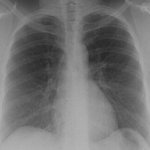 ,
, 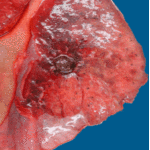 ,
, 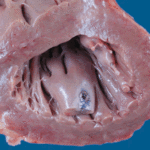 ,
, 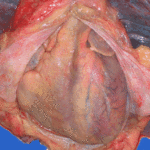 ,
, 

